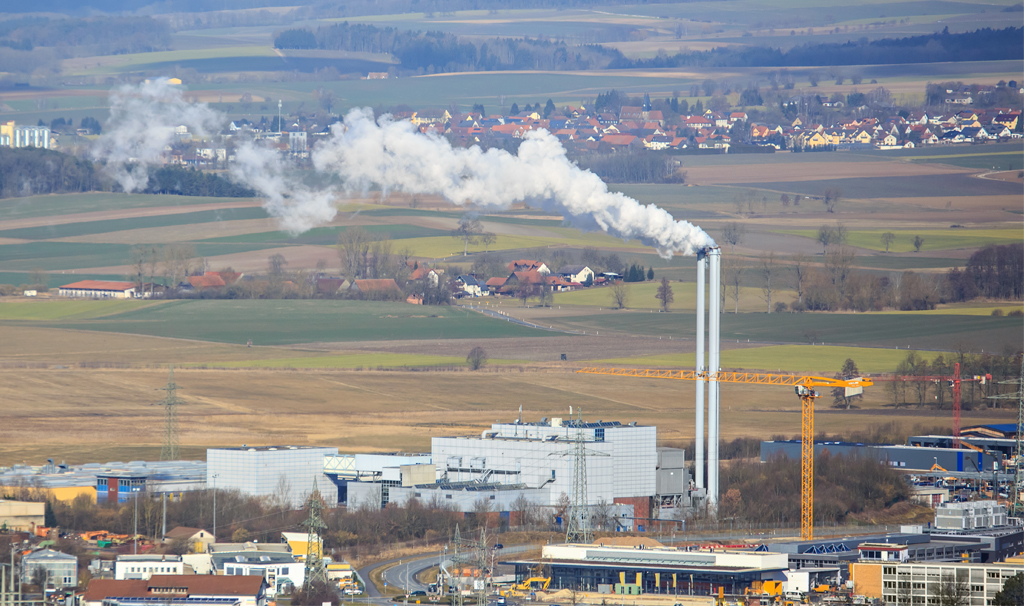With the continuous development of industry and the rapid rise of intelligent technology, energy management has become one of the urgent problems to be solved in the industrial field. In industrial production, air compressors are common energy consuming equipment. If the waste heat generated by them is not effectively utilized, it will lead to energy waste and environmental load. The emergence of waste heat recovery equipment for air compressors is leading a new era of industrial energy management.
In the industrial production process, air compressors are indispensable and important equipment used to compress air supply to the production line. However, traditional air compressors generate a large amount of waste heat during operation, which is often directly discharged, resulting in energy waste and environmental load. Meanwhile, industrial enterprises generally face the following challenges in energy management:
High energy costs: Air compressors consume a large amount of electricity, making them a major part of the company's energy expenditure.
Increased environmental pressure: The emission of waste heat exacerbates environmental pollution, which is not conducive to corporate image and sustainable development of the environment.
Low energy utilization rate: The traditional working mode of air compressors cannot effectively utilize waste heat resources, resulting in low energy utilization rate.

Air compressor waste heat recovery equipment is a device that can effectively recover the waste heat discharged by the air compressor. Its principle is to exchange the high-temperature waste heat generated by the air compressor with water or other media through a heat exchanger, converting the heat energy into usable hot water or hot air for production or heating purposes. This device has the following advantages:
Energy saving: It recovers the waste heat generated by the air compressor, reduces the demand for external energy, and saves energy costs.
Environmentally friendly: reduces waste heat emissions, reduces environmental burden, and is in line with the company's green development strategy.
Improving efficiency: Utilizing waste heat for thermal energy recovery improves the energy utilization efficiency of the entire factory and reduces energy waste.
Reduce operating costs: Reduce reliance on other heating equipment and lower the operating costs of the enterprise.
Future development of waste heat recovery equipment for air compressors
Intelligent application: With the development of industrial intelligent technology, the waste heat recovery equipment of air compressors will become more intelligent, with functions such as remote monitoring and automatic adjustment, improving the operational efficiency and stability of the equipment.
New energy integration: The waste heat recovery equipment of air compressors can be combined with new energy equipment such as solar energy and ground source heat pumps to form a multi energy complementary energy supply system, further improving energy utilization efficiency and environmental benefits.
Industry standard promotion: Various departments and industry organizations will increase the formulation and promotion of standards for air compressor waste heat recovery equipment, encourage enterprises to widely adopt them, and inject new vitality into the development of the industry.
The waste heat recovery equipment of air compressors, as an important component of industrial intelligent transformation, is leading a new era of industrial energy management. By fully utilizing the waste heat resources generated by the air compressor, not only energy conservation and environmental protection have been achieved, but also the production efficiency and economic benefits of the factory have been improved. With the continuous progress of technology and policy support in the future, it is believed that the waste heat recovery equipment of air compressors will play a more important role in the field of industrial energy management, bringing a more intelligent, efficient and energy-saving development direction to industrial production.







Comment